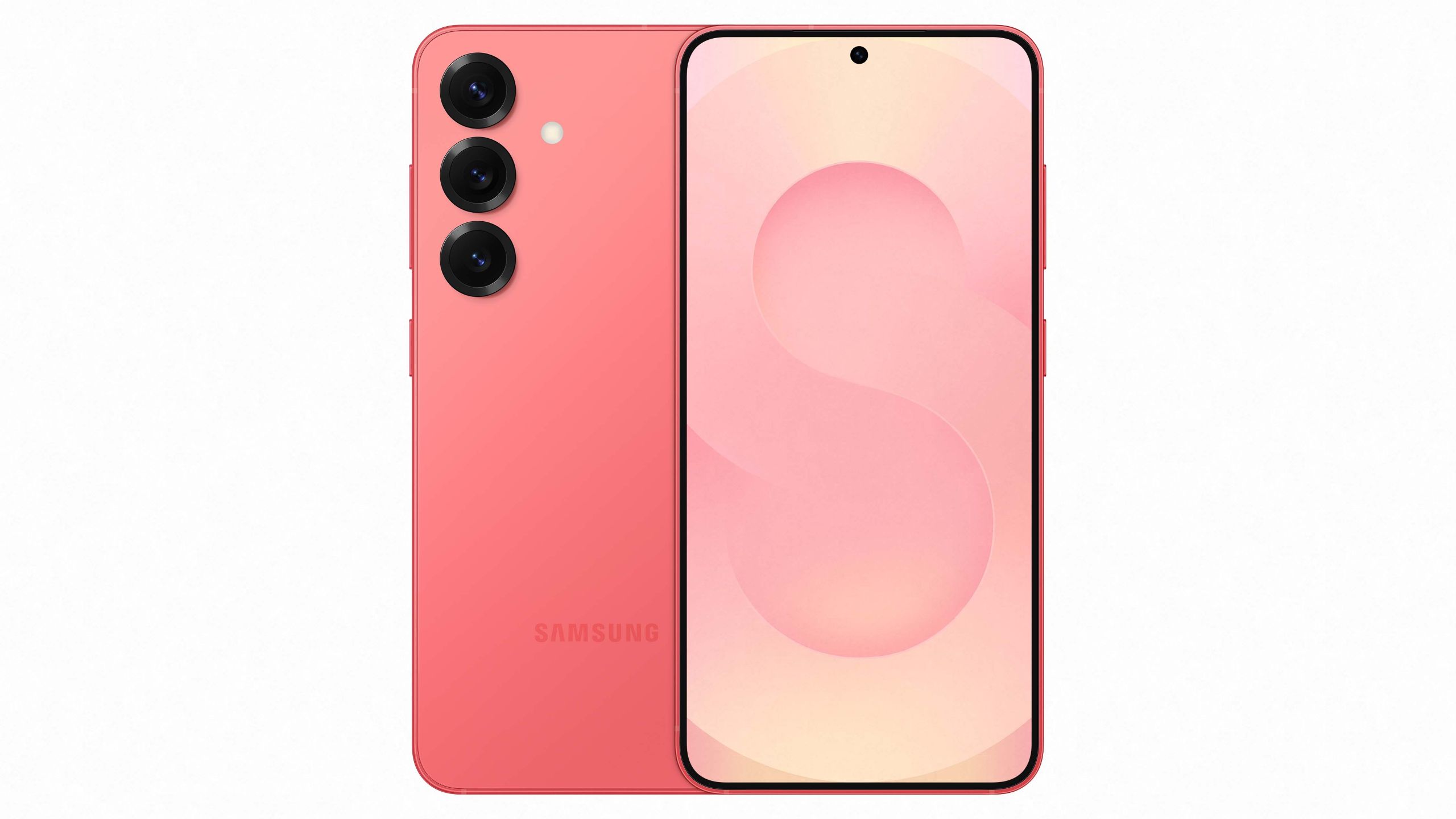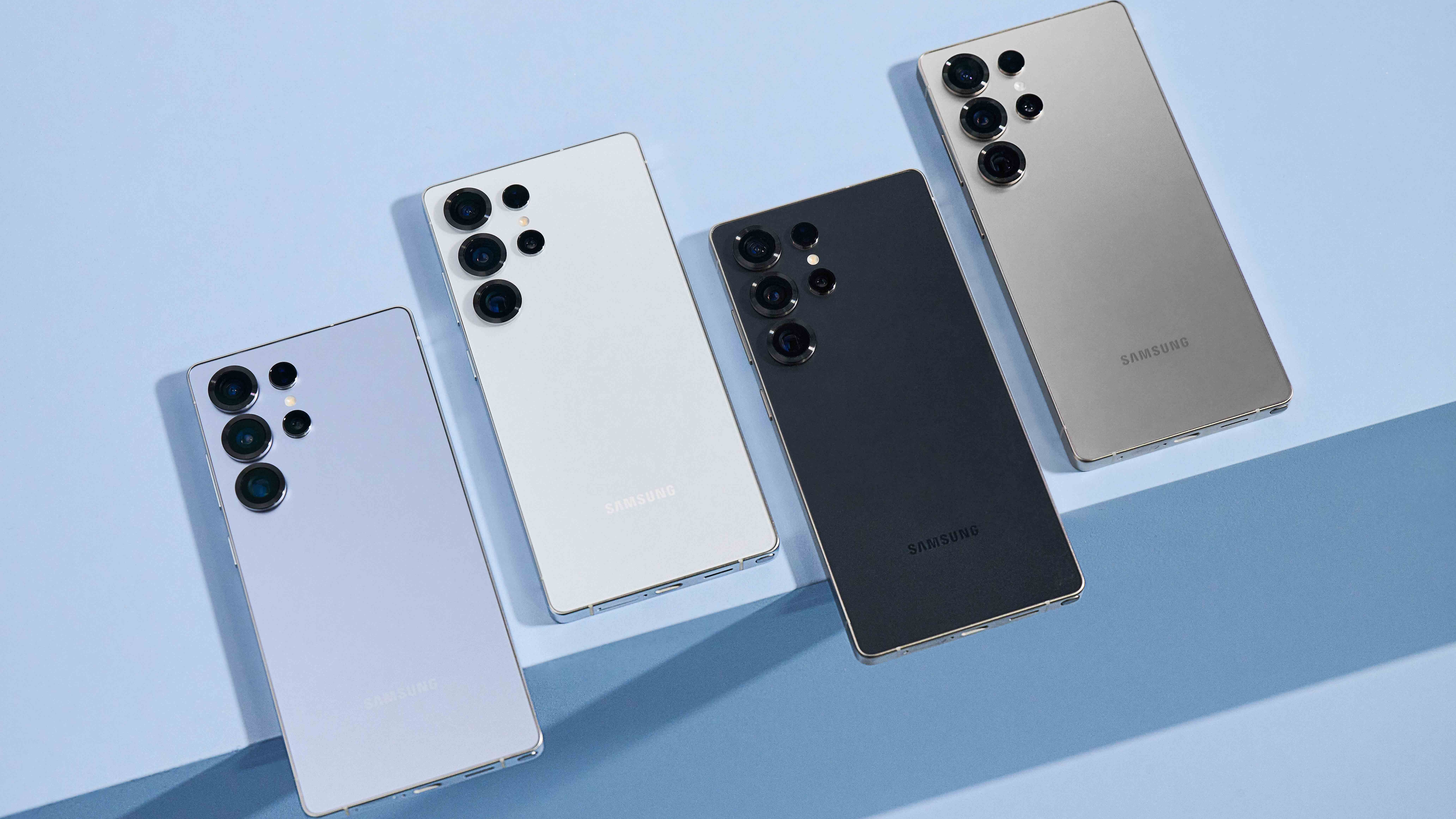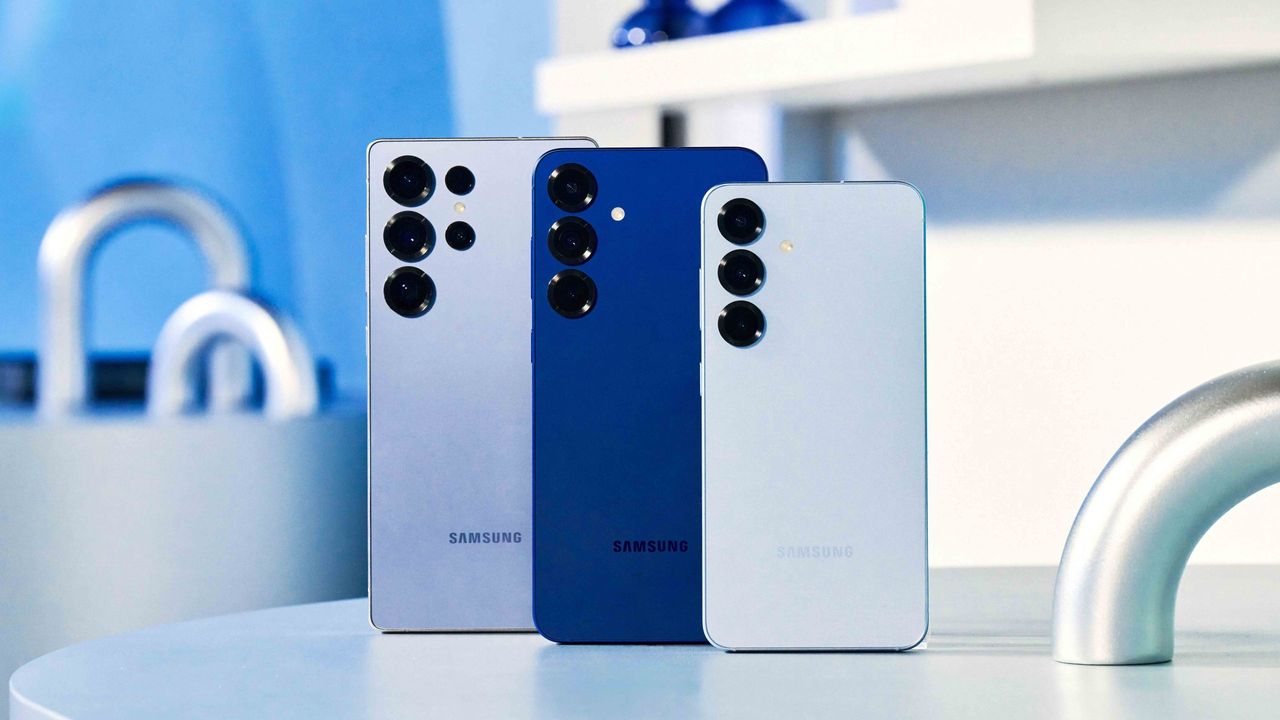Samsung’s latest line of flagship phones, the Galaxy S25 series, has already made a meteoric impact since it landed back in February with the S25, S25+, and S25 Ultra (before being joined shortly after by the immaculately svelte S25 Edge). But which phone in Samsung’s latest lineup is best for gaming? Well, the answer to that question requires a bit of nuance, because even more so than in previous generations there are differences between the phones in the lineup that make each stand out.
Different Sams for different hands, as they say, so let’s take a look at what each S25 variant offers in our comparison.
Screen and comfort
|
Galaxy S25 |
Galaxy S25+ |
Galaxy S25 Ultra |
Galaxy S25 Edge |
|
|
Dimensions |
146.9 x 70.5 x 7.2 |
158.4 x 75.8 x 7.3 |
162.8 x 77.6 x 8.2 |
158.2 x 75.6 x 5.8 |
|
Display Size |
6.2-inch |
6.7-inch |
6.9-inch |
6.7-inch |
|
Resolution |
2340 x 1080 |
3120 x 1440 |
3120 x 1440 |
3120 x 1440 |
|
PPI (Pixels per Inch) |
~416 |
~513 |
~498 |
~513 |
|
Screen Type |
Dynamic AMOLED 2X |
Dynamic AMOLED 2X |
Dynamic AMOLED 2X |
Dynamic AMOLED 2X |
|
Refresh Rate |
1-120Hz Adaptive |
1-120Hz Adaptive |
1-120Hz Adaptive |
1-120Hz Adaptive |
TL;DR: All Galaxy S25 phones have premium-quality displays with very fine differences between them, so the decision comes more down to hand sizes and ergonomic comfort.
Let’s get the housekeeping out of the way and say that all four phones in the Galaxy S25 series feature the same vivid Dynamic AMOLED 2X panel technology, 120Hz adaptable refresh rates, and 2600-nit peak brightness. Whether you’re getting the S25 base model or the top-end Ultra, you’re going to be treated to the same perfect contrast, deep blacks, and vibrant colours that Samsung phones are renowned for.

The Galaxy S25+, S25 Ultra, and S25 Edge all share the same 3120 x 1440 QHD+ resolution, with the Galaxy S25 Ultra having a slightly larger display at 6.9″ compared to the other two at 6.7″. The outlier is the base model Galaxy S25, which has a 2340 x 1080 (FHD+) resolution and 6.2″ display. While the resolution is lower, the pixel density still makes for a super-crisp image.
The S25 is compact and light, but less immersive with its smaller screen, while the other models offer quite a bit more screen real estate in exchange for greater bulk. The Edge could be a good compromise here, which at 5.8mm is the thinnest of the lot and just as light as the base S25, despite packing a 6.7″ display.
Gaming performance
|
Galaxy S25 |
Galaxy S25+ |
Galaxy S25 Edge |
Galaxy S25 Ultra |
|
|
Chipset |
Qualcomm Snapdragon 8 Elite |
Qualcomm Snapdragon 8 Elite |
Qualcomm Snapdragon 8 Elite |
Qualcomm Snapdragon 8 Elite |
|
GPU |
Adreno 830 |
Adreno 830 |
Adreno 830 |
Adreno 830 |
|
RAM |
12GB |
12GB |
12GB |
16GB |
TL;DR: All Galaxy S25 devices share the same high-end chipset in the Snapdragon 8 Elite for Galaxy (with Adreno 830 GPU), which means flawless gaming performance. There are a few differences, however.

In terms of what might impact gaming performance, the biggest variable within the Galaxy S25 series is the RAM, which ranges from 12GB in the S25 up to 16GB in the S25 Ultra. Sure, this isn’t likely to affect frame rate directly, but phones are always multitasking (especially if you’re using the S25’s game recording features), and higher RAM means a phone can handle higher task loads without stuttering or slowdown.
If you’re a heavy-duty user who wants to record, chat, and stream while gaming, then opt for the S25, S25+ or Edge with 12GB. If you want absolutely no compromises or want to use your phone for gaming content creation, then the S25 Ultra will handle anything you’re likely to throw at it.
Value for Money
|
Galaxy S25 |
Galaxy S25+ |
Galaxy S25 Edge |
Galaxy S25 Ultra |
|
|
Storage |
128 GB / 256 GB / 512 GB |
256 GB / 512 GB |
256 GB / 512 GB |
256 GB / 512 GB / 1 TB |
|
Price |
128GB: $799/£799 256GB: $859/£859 512GB: $959/£959 |
256GB: $999/£999 512GB: $1099/£1099 |
256GB: $1099/£1099 512GB: $1219/£1219 |
256GB: $1299/£1299 512GB: $1419/£1419 1TB: $1659/£1659 |
TL;DR: Every Galaxy S25 variant is a premium handset that will run the best Android games without issue, but the question is how premium you want to go.
If you’re a creator who wants to multitask and record, play games, and edit your footage in parallel with each other, then the screen real estate and extra power of the Galaxy S25 Ultra is a guarantee for seamless performance; the Ultra also has the largest vapor chamber of the lot, sustaining cool temperatures and therefore peak performance for hte longest stretches. If you prioritise sleek design, then the S25 Edge (Samsung’s slimmest Galaxy phone to date) is a winner, while the more accessibly priced Galaxy S25 and Galaxy S25+ still shine as premium handsets.

Another way in which the handsets are equal is in their cloud gaming and in-home streaming performance. With Snapdragon 8 Elite for Galaxy chipsets and Wi-Fi 7 across the board, all these phones need from you is a stable internet connection to do justice to that RTX 4080 tier of the GeForce Now subscription and stream games beautifully.
Joining the mix later in the year—and offering you even more choice—are the Galaxy Z Flip 7 and Fold 7, both of which have largely the same feature sets as the S25 series (except with those delightful clamshell and multi-display designs). Whichever S25 you choose, you’re adopting a premium device that’s going to be an invaluable gaming companion well into the future.
One last thing. If you have somehow missed the buzz throughout the internet tech sphere, Samsung has recently launched their latest foldable wonder – the Galaxy Z Fold7. With major upgrades, such as a stunning (2184 x 1968) 8” main display, a substantial 4400 mAh battery, and the Snapdragon® 8 Elite for Galaxy chipset, there’s a lot for mobile gamers to get excited about. Visit the Samsung website to find out more specs and pre-order details.
